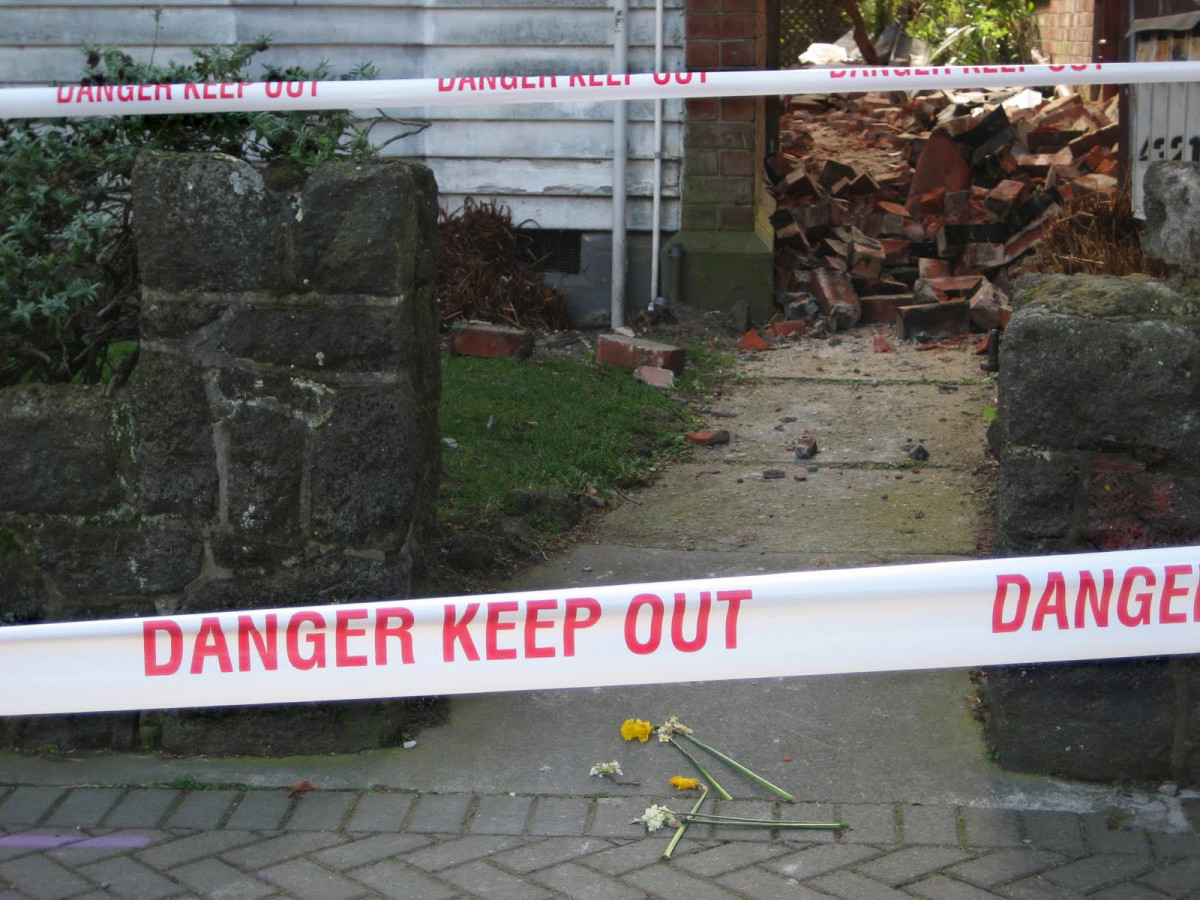Building Amendment Act (continued)
22 Mar 2014, LBP & Regulation, Prove Your Know How

In addition to expanding the range of low-risk work not requiring a building consent, Building Amendment Act 2013 gives MBIE and councils additional powers, as well as clarifying and re-wording some existing sections.
The Building Amendment Act 2013, which was enacted in November 2013, is the result of a comprehensive review of the Building Act 2004. It is part of a package of changes introducing new measures to improve the building and construction sector. The aim is to deliver good-quality, affordable homes and buildings and contribute to a prosperous economy.
Last month we focused primarily on the changes to the types of work that do not require a building consent; this month we’ll go into more detail about the additional powers given to MBIE and local councils as well as other rewording and clarification. What additional powers have been given to councils?
What additional powers have been given to MBIE?
- Councils can now prevent people from approaching or entering “affected buildings”. [Sections 121A and 124 – 128A]
Buildings that are adjacent to, adjoining, or near to dangerous buildings or dams are “affected buildings”. Councils now have the power to put up notices, fences or hoardings to warn or prevent people from approaching or entering affected buildings.
- There is a new type of Section 124 notice that allows councils to restrict entry into insanitary, dangerous or affected buildings for particular purposes or to particular people.
This type of Section 124 can be issued for an initial 30-day period and then reissued once, for a further maximum period of 30 days.
What additional powers have been given to MBIE?
The process for dealing with complaints about Building Control Authorities (BCAs) has been made more efficient. Amendments have been made to sections 200, 202-204, 207A and 207B of the Act:
- MBIE is not required to seek any information or submissions from a BCA at the early stage of deciding whether to accept or decline a complaint. MBIE may still request information at this early stage, but BCAs cannot insist that information or submissions be made
- If the BCA fails to make written submissions within a reasonable time, MBIE can proceed with an investigation, or make a determination, in regard to a complaint.
- MBIE can require BCAs to monitor progress and report on any remedial actions they are required to take as a result of the investigation into a complaint.
- MBIE has the ability to undertake inspections of a building to review the quality of the BCA’s work.
- MBIE can investigate a council’s failure to perform its functions. People who fail to provide information or documents MBIE has requested in relation to an investigation could be fined. [Sections 207A and 207B]
MBIE can authorise people to issue infringement notices and recover payment of infringement fees: [Sections 371A – 371D and 374]
- MBIE enforcement officers will have a warrant to clearly state their functions and powers.
- MBIE enforcement officers have the ability to issue infringement notices for infringement offences (for example, failing to disclose certain information to consumers).
- MBIE can recover infringement fees, in situations where an enforcement officer, authorised by MBIE, has issued the infringement notice.
Some sections of the Building Act have been reworded, to make them easier to understand
The sections that have been reworded deal with alterations (s112), change of use (s115) and subdivisions (s116A).
The amendments do not change existing requirements that cover means of escape from fire, access and facilities for disabled people, protection of other property and, in the case of change of use, sanitary facilities, structural performance and fire-rating performance.
“The process for dealing with complaints about Building Control Authorities (BCAs) has been made more efficient.
The new wording deals with the Building Code compliance of the building as a whole:
- If the building complied with the Building Code before the alteration, change of use or subdivision, it must continue to comply with the Building Code after the work is completed.
- If the building did not comply with the Building Code before the alteration, change of use or subdivision, then:
- The new building work must comply with the Building Code.
- Any parts not affected by the new building work (or which don’t have to meet specific requirements) must continue to comply with the Building Code to the same extent as before the work began.
Specific requirements apply depending on the building work being done, so it is important to check the relevant sections of the Building Act before building work begins.
Some existing rights and obligations under the Building Act have been clarified
There are new sections dealing with Certificates of Work and Licensed Building Practitioner (LBP) liability and the legal obligations of building product manufacturers. These sections do not change the law, but they outline rights and obligations that already exist.
LBP liability related to Certificate of Work [Section 45]:
- Design work that is Restricted Building Work must be carried out,or supervised, by a Licensed Building Practitioner (LBP). The LBP then provides a Certificate of Work that accompanies an application for a building consent for the design work concerned.
- Section 45 of the Act has been amended to make it clear that providing a Certificate of Work does not create new or additional liability for a design LBP over and above the liabilities that already exist for negligent or incompetent work or breach of contract.
NOTE: This section also applies to Certificates of Work issued by Registered Architects and Chartered Professional Engineers.
Legal obligations of product suppliers or manufacturers under the Building Act [Section 14G]:
- A supplier or manufacturer of building products is responsible for ensuring those products comply with the Building Code as long as the products are installed according to the data, plans, specifications and advice supplied by the manufacturer.
NOTE: This section also makes it clear who is classed as a manufacturer or supplier.
Key changes coming later in 2014
New consumer protection measures come into effect in late 2014. The aim is to encourage a professional, no-surprises relationship between you and your customers and to enable homeowners to make informed decisions about building work on their homes. MBIE will consult with the building sector while developing regulations and circulate information before the regulations come into effect. Watch out for the information in Under Construction. Knowing your responsibilities helps you to manage risk.
Register to earn LBP Points Sign in



